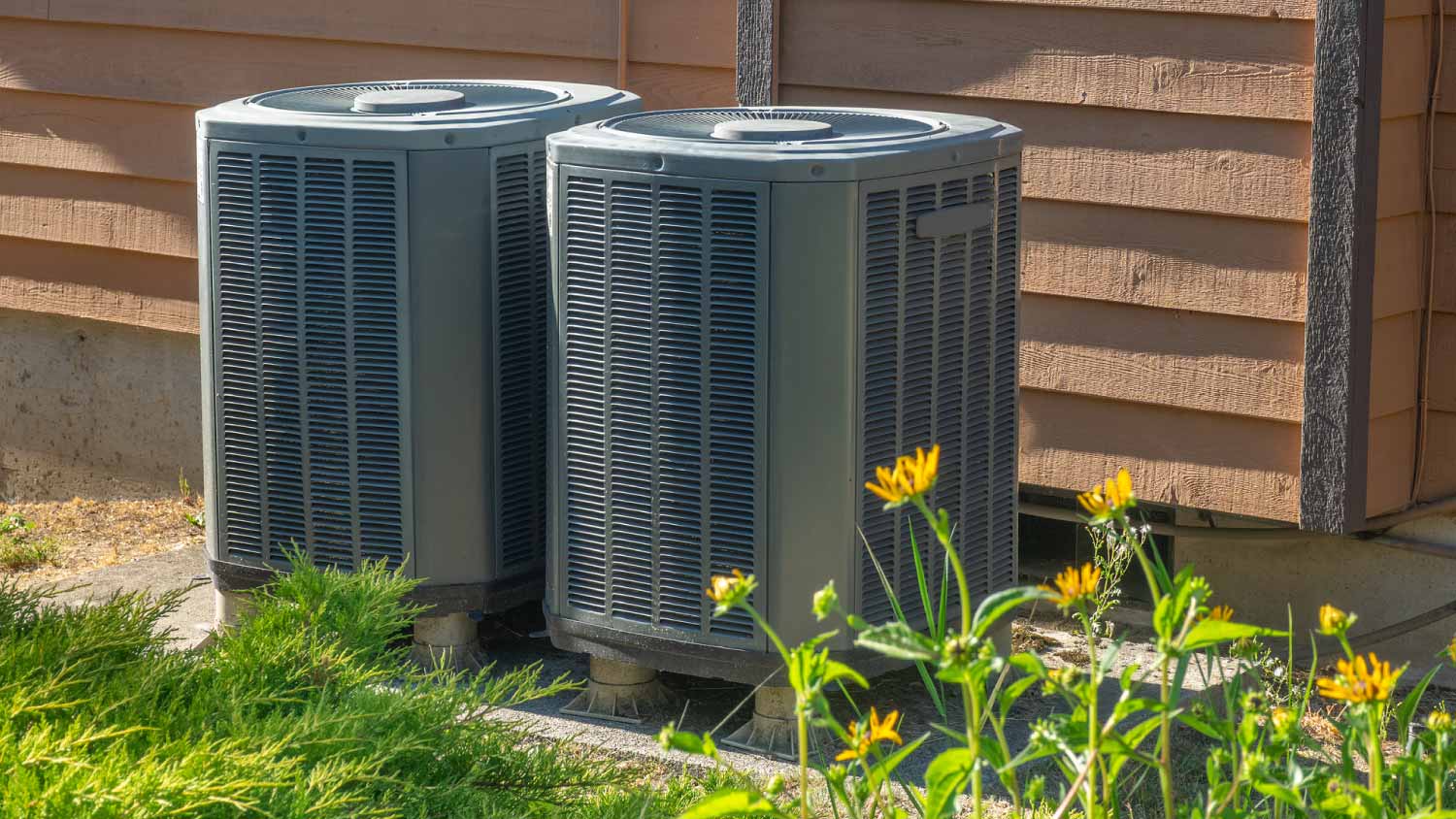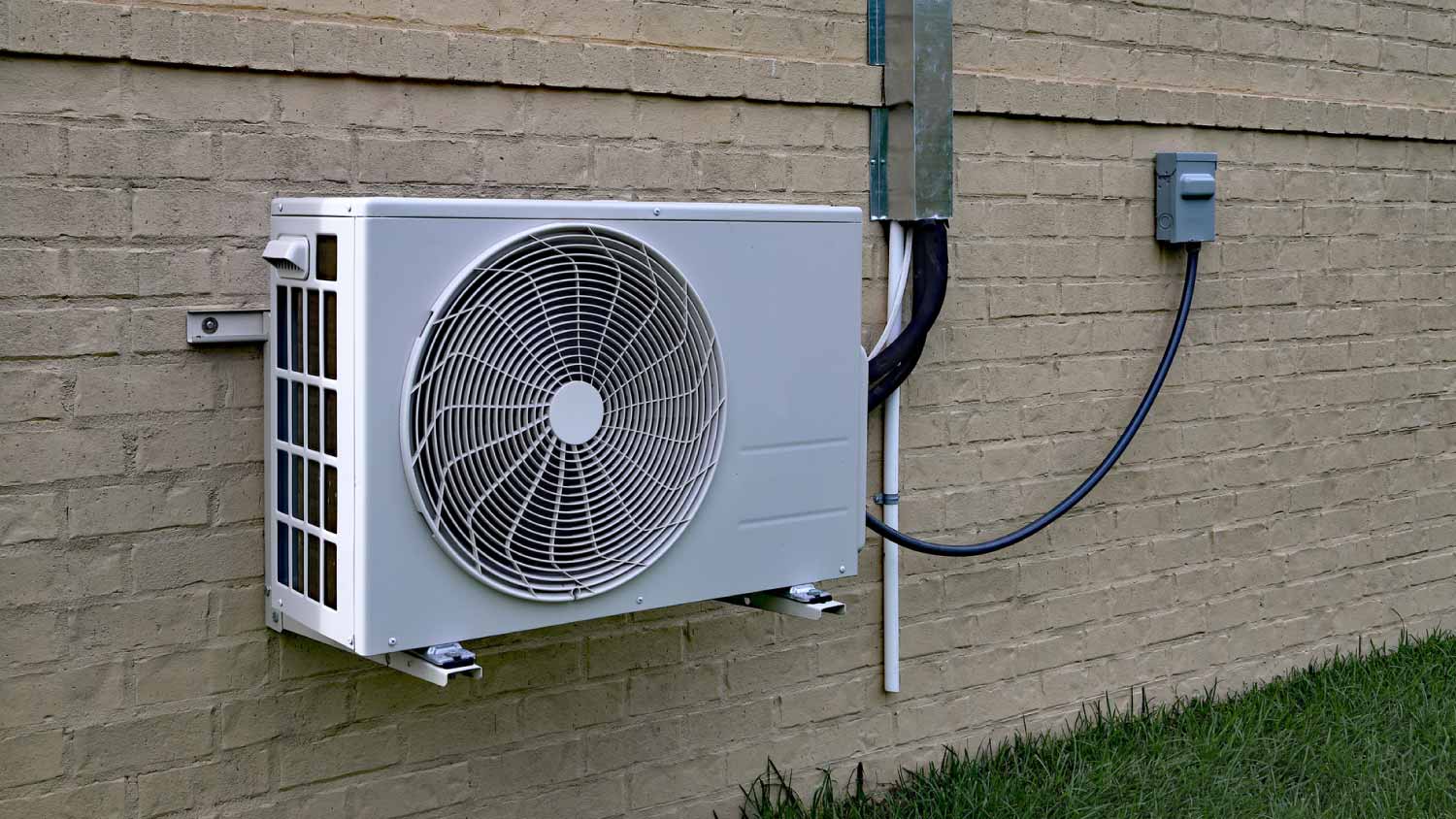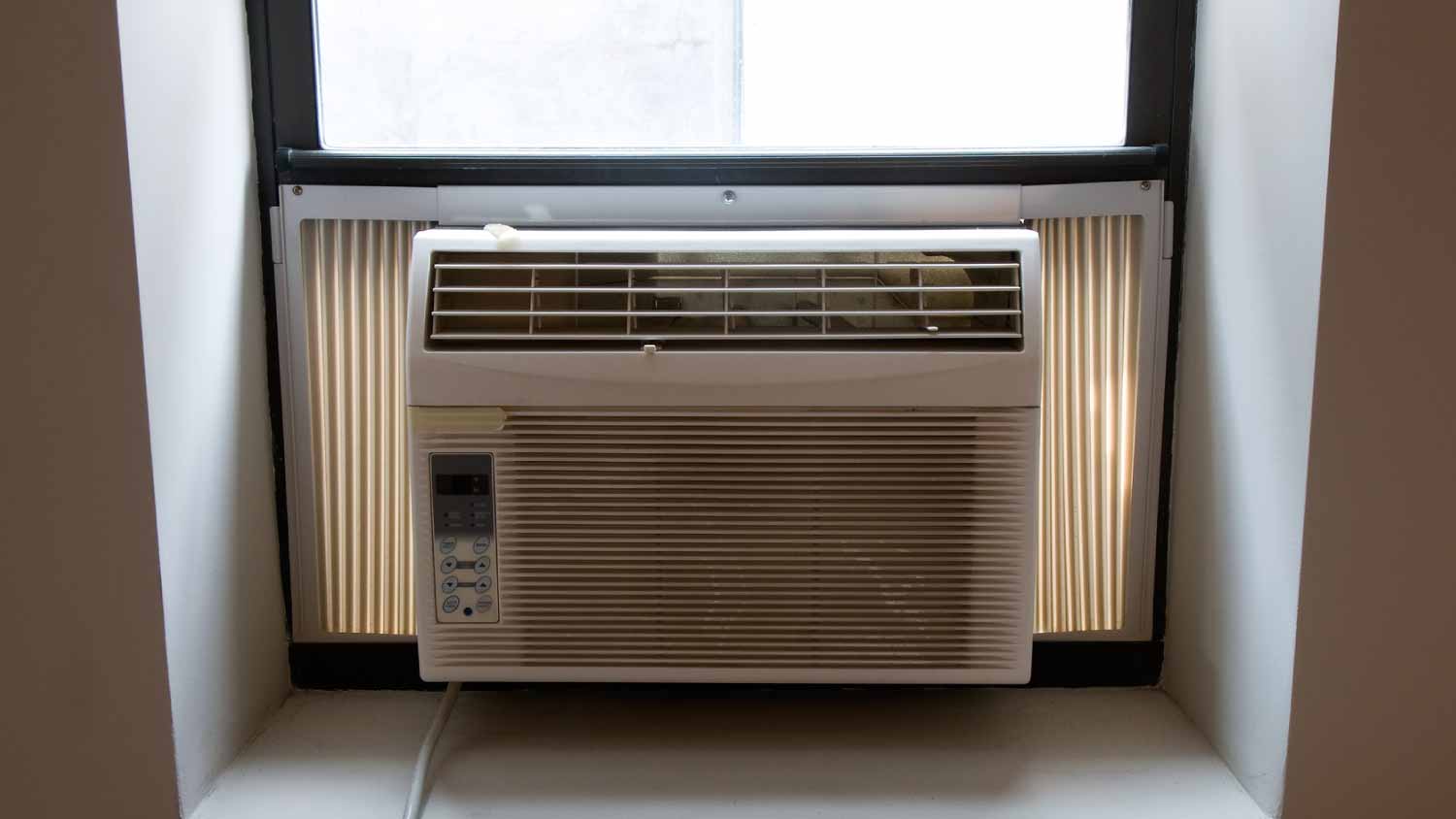
When your HVAC system is acting up, it could be the blower motor to blame. See how much blower motor replacement costs and what impacts the price here.
Walk into the shop with a cool head full of facts


Homeowners can purchase several types of AC units directly.
Window and portable AC units are the easiest type for homeowners to purchase and install.
Central AC requires a pro install, which costs $3,900 to $7,900.
A ductless mini-split system costs $3,000 on average but can be installed by an experienced DIYer.
Nothing spells cool comfort like air conditioning when it's sweltering outside. If your home is heating up and you want relief right away, you might wonder, "Can I buy my own AC unit?" The answer depends on what type you intend to purchase. Some AC units require professional installation based on complexity, and in many cases, certified pros will only install these systems if purchased through their suppliers. Let’s break it down before you lose your cool.
You can purchase standalone units, ductless mini-split systems, and central air conditioning equipment online and at most home improvement stores. Additionally, many retailers and AC installers offer installation by certified pros, guaranteeing the quality of the work.
Larger systems that integrate into your home’s heating, ventilation, and air conditioning (HVAC) system require professional installation, along with a permit. Below, we’ll break down what you need to know when purchasing common types of AC units and help you determine which is right for your home.

This integrated cooling system relays on an outdoor condenser unit and a labyrinth of ductwork channeling cool air through discreet openings known as registers strategically positioned in walls, ceilings, or floors. Central air can be purchased individually or packaged with a home's HVAC system. The out-of-pocket cost, including installation, ranges from $3,900 to $7,900 based on type and size. You can buy these units yourself, but if you do not have expert experience in the area, buying central air from a certified AC installer in your area is a must for proper sizing, code compliance, and warranty protection.
Efficient cooling: Central AC systems provide even and consistent cooling throughout the house, maintaining a comfortable temperature in every room.
Convenience: They are controlled by a single thermostat, making it easy to set and adjust the temperature for the entire home from one location.
Improved air quality: Many central AC systems include filters that help remove allergens, dust, and pollutants from the indoor air, improving overall air quality.
Quiet operation: The noisy components of central AC systems, such as the compressor and condenser, are located outside the house, reducing indoor noise levels.
High initial cost: Central AC systems can be expensive to purchase and install, especially if ductwork needs to be added or modified.
Maintenance costs: Routine maintenance and occasional repairs can be costly, although neglecting maintenance can lead to more significant expenses.
Inefficient zoning: Cooling the entire house can be wasteful if you don't use many areas—zoning systems can mitigate this, but they add to your initial expense, up to $2,000, with additional zones costing $350 to $500 each.

Even though home improvement stores sell these systems to anyone, it is best to work closely with a professional installer to address your cooling needs. It will also protect the unit’s warranty and your home with a legally compliant installation.
Ductless mini-split systems have two main components: an indoor unit that delivers conditioned air directly into a space and an outdoor compressor/condenser. When dealing with ductless mini-split systems, handling refrigerant lines and establishing high-voltage electrical connections are essential. Several states mandate that only licensed professionals undertake these tasks. While a professionally installed ductless mini-split system costs between $2,000 and $14,500, the average expense hovers around $3,000 per area.
Zoning capability: Mini-split systems allow you to create multiple cooling zones within your home, each controlled independently, resulting in energy savings by not cooling unoccupied areas.
Energy efficiency: Ductless mini-splits are highly efficient because they don't suffer from the energy losses associated with leaky ductwork in central HVAC systems.
Quiet operation: Mini-split systems are known for their quiet operation, with the noisiest component, the condenser, located outside the building.
Improved air quality: Many mini-split systems have filters that boost indoor air quality by trapping dust, allergens, and pollutants.
Upfront costs: If you need multiple units to cover areas throughout a large home, your expenses can quickly add up and possibly cost more than installing and running central air conditioning.
Aesthetics: While indoor units are relatively unobtrusive, hanging on walls or near ceilings, some may find them unattractive and a major disadvantage of mini-split systems.
Maintenance: Routine maintenance is necessary to keep the system running efficiently, and some components may need periodic cleaning or replacement.

Any homeowner or renter can buy a window unit. The expected window AC cost ranges from $150 to $800 based on British Thermal Units (BTUs) and additional features.
You'll want a unit with the correct BTU rating for your room size to ensure efficient cooling. The rating ranges from 5,000 BTUs for spaces up to 150 square feet to 10,000 BTUs for areas up to 450 square feet.
Window ACs are popular for renters or homeowners who want to avoid investing in a permanent cooling system. While installation is relatively easy, it takes a bit of muscle and time. You will often need to install a window bracket to keep the AC from falling out. The average cost for professional installation, which can take an hour or two, is $315.
Affordability: Window AC units are generally more cost-effective than central air conditioning systems or ductless mini-splits in terms of upfront purchase price and installation costs.
Zoning: You can install window units in different rooms to create cooling zones, allowing you to cool specific areas as needed, potentially saving energy by not cooling unused spaces.
No ductwork required: Unlike central AC, window units don't require ductwork, which can reduce installation costs and prevent energy losses associated with leaky ducts.
Energy efficiency: Most window AC units come with energy-saving features like programmable thermostats and energy-efficient settings, helping to reduce energy consumption.
Limited cooling area: Window AC units cool individual rooms or small spaces, making them unsuitable for larger homes or open-concept layouts.
Aesthetic and security concerns: Some people find window units unattractive and obstructive, and others worry that intruders can exploit the open window.
Noise level: While some newer units operate reasonably quietly, most models are loud and can disrupt sleep.
Maintenance: Filters must be cleaned or replaced, and coils need cleaning to prevent reduced performance and energy efficiency.

These air conditioners are often the alternative to window ACs when the latter can't fit. You will find many models in big box stores and online that are a cinch to purchase directly. They work by taking in warm air from a room, cooling it, and then releasing the cooled air back into the space while simultaneously expelling the heat outside through a hose in a window. These units cost, on average, between $100 and $500.
Portability: You can move these units from room to room, providing cooling where needed most, making them ideal for renters or those who don't want to invest in a permanent cooling system.
Ease of installation: Portable AC units are easier to set up than other cooling systems—plug into an electrical outlet and pop the exhaust frame and hose in a window—no tools required.
Affordability: A unit is more affordable upfront than central air conditioning or ductless mini-split systems, making portables a budget-friendly option.
Limited cooling: Portable ACs are suited for individual rooms or small spaces—larger areas need multiple units.
Noisy operation: Portable AC units can be loud, especially when the compressor runs at full capacity.
Aesthetics: Some people find portable AC units less aesthetically pleasing because they occupy valuable floor space and require an exhaust hose.
Maintenance: Water collected during dehumidification may need to be emptied or drained weekly in addition to regular cleaning or filter replacement.
Determining whether an AC unit is worth the cost depends on several factors. First and foremost is the climate in your region. Central AC can significantly enhance your comfort and quality of life if you live in consistently hot weather or find heat and humidity in the summer unbearable.
Additionally, consider your long-term plans for the property. If you intend to stay in your current home for many years, the investment in central AC or a ductless mini-split system can pay off over time through reduced energy bills and increased home value. On the other hand, if you plan to move soon, weigh the upfront cost against the potential return on investment regarding resale value.
Remember, window or portable models have value as well. For instance, these simpler and less expensive cooling solutions might suffice if you tolerate warmer temperatures or are on a tight budget. You can also move them from place to place if you rent short-term. Ultimately, the worthiness of an AC unit's cost hinges on a combination of factors specific to your location, property, and personal priorities.
From average costs to expert advice, get all the answers you need to get your job done.

When your HVAC system is acting up, it could be the blower motor to blame. See how much blower motor replacement costs and what impacts the price here.

If you’re having problems with your air conditioner’s condenser, it may be time for an upgrade. Learn about the cost to replace an AC condenser in this guide.

Getting AC and furnace replacement done at the same time can lead to huge benefits for your wallet and your home. Here’s everything you need to know.
How to clean your air conditioner depends on the unit type. Sometimes, a good hose-down is all you need if you have centralized AC. This guide can help with the cleaning process.

Thinking about installing a heat pump in your home? Learn about the different types of heat pumps and the options you can choose from in this guide.

Discover the average wall heater installation cost, key price factors, and expert tips to help you budget and save on your next home heating project.